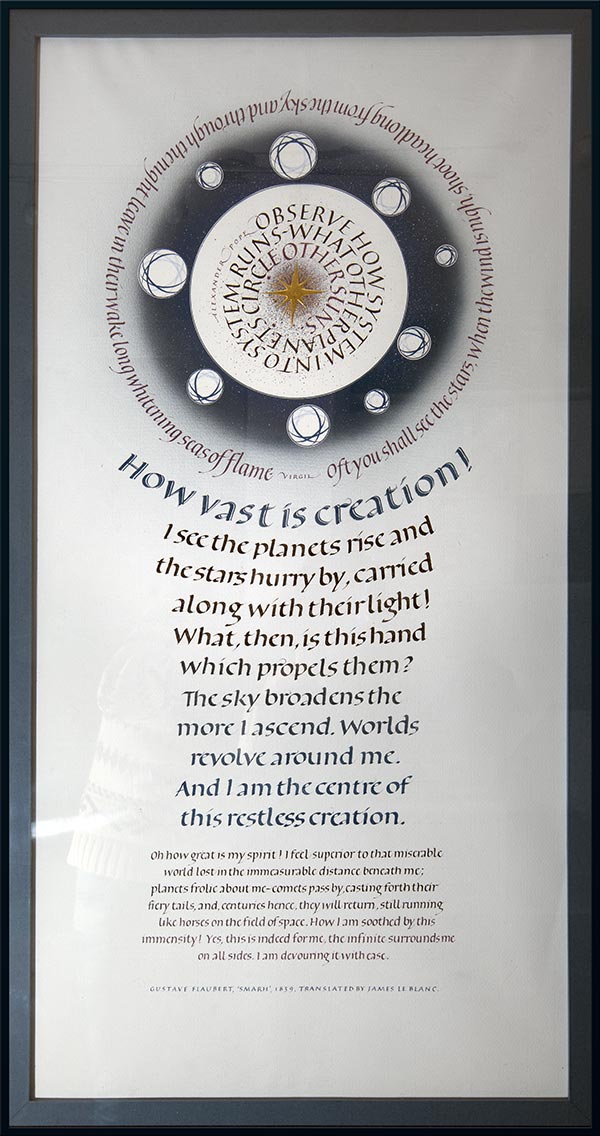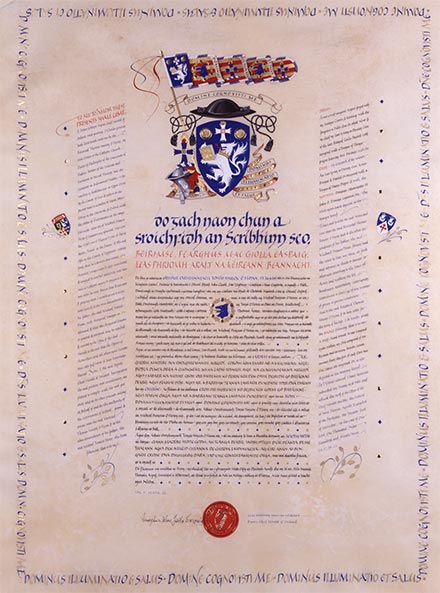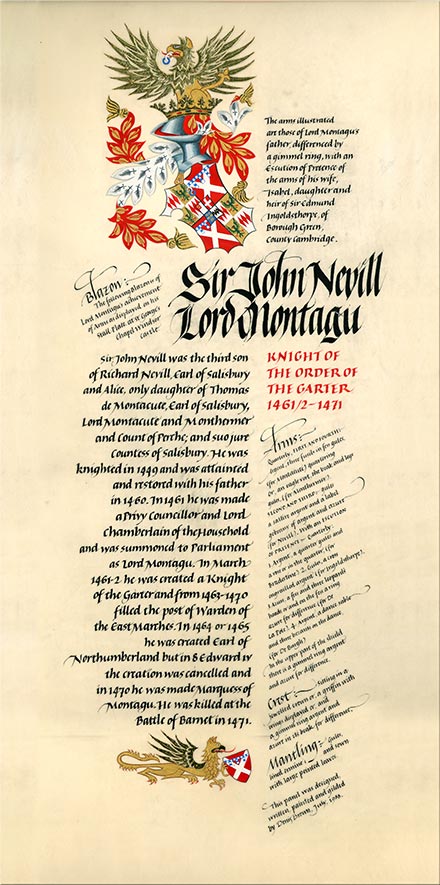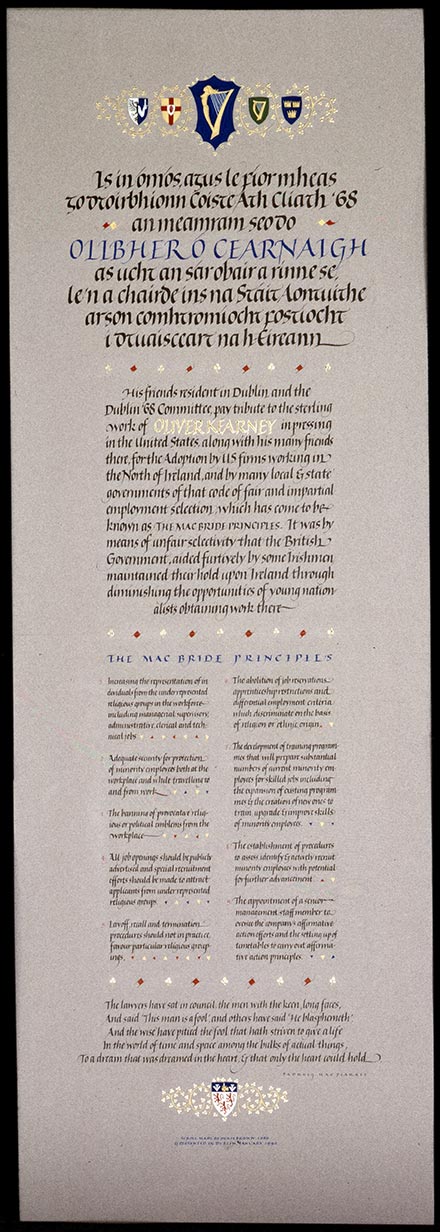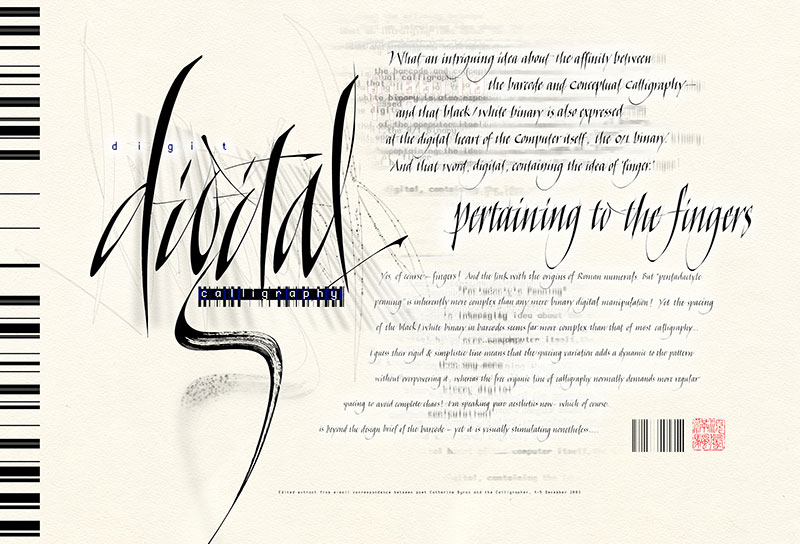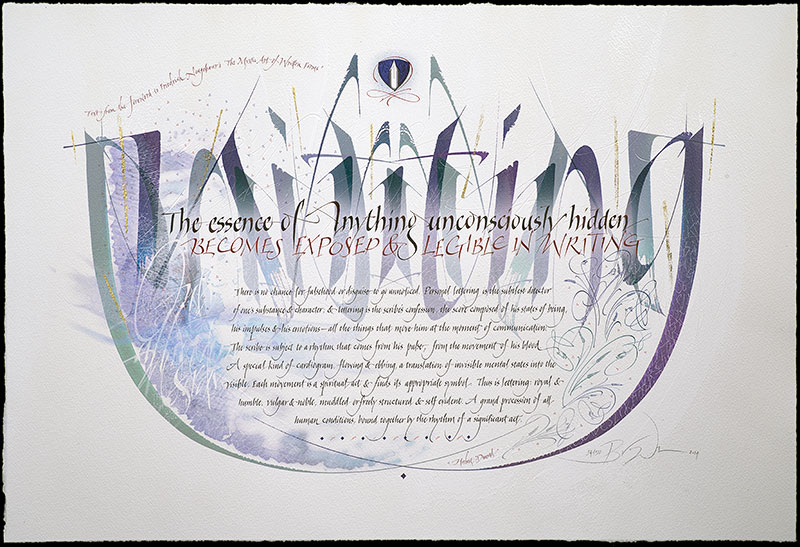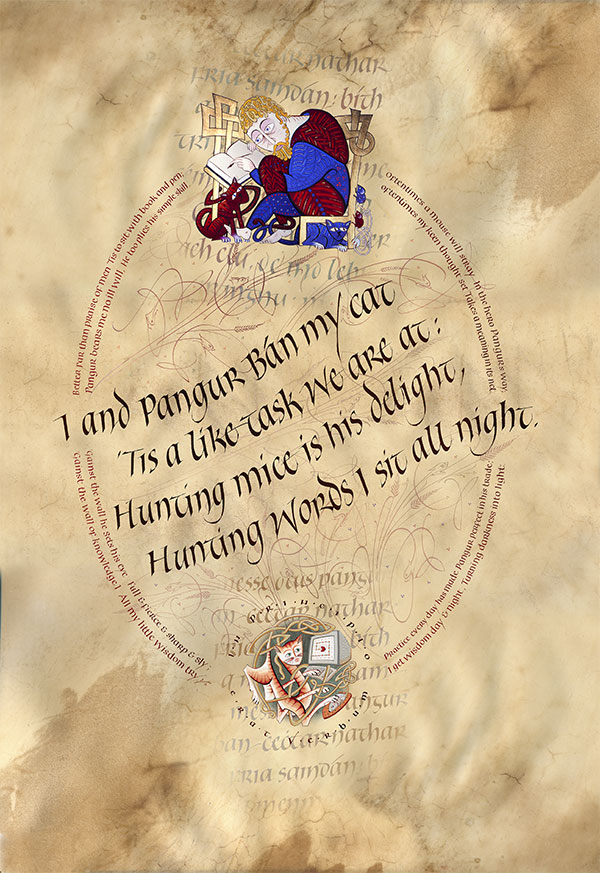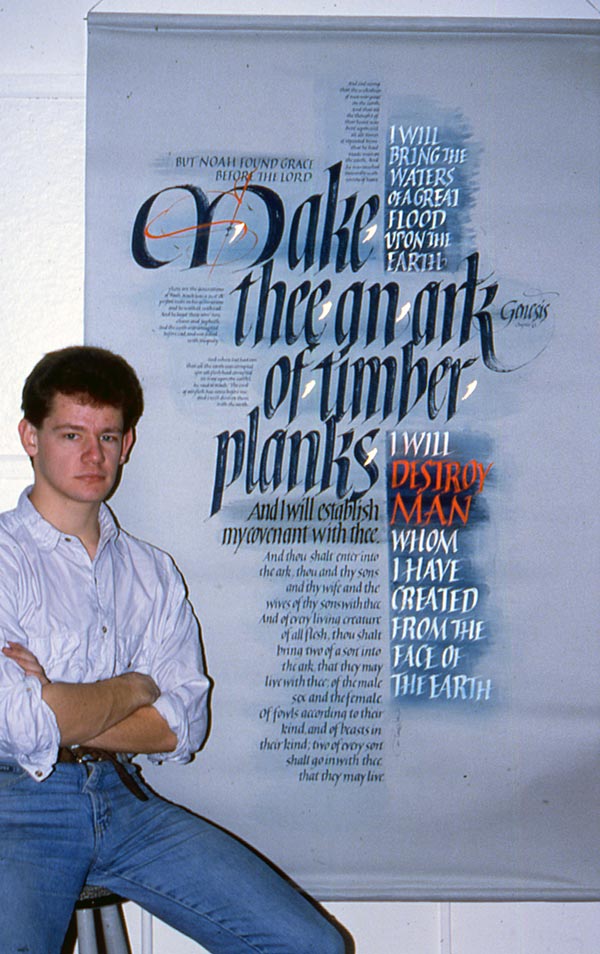What size should the work be? What kind of paper?
Think about using the full size of a large sheet of quality paper. Different papers come is different sizes, but for example, BFK Rives is one option which comes in 56 x 76cm, but is also available in even larger sheets (66 x 101) for those who want to have more room. Remember to leave adequate space for margins and be aware that in class my critiques might direct you towards a more spacious layout if things look cramped (as is often the case in preliminary designs). If your paper is not big enough, this will mean reducing the size of all writing. Some papers including BFK Rives also can be ordered in rolls to practically free you of size limitations.
Other papers to consider include Saunders Waterford, Arches Aquarelle or other quality watercolour papers. Generally you will want the HP (hot press, smoother) version and a natural white rather than a bright white. Toned or coloured papers such as Canson Mi-Tientes are also an option. These papers can be sourced and ordered online if you do not have access to a good local art store. Bring at least 4 sheets of whatever nice paper you choose to work on, plus plenty of cheaper practice paper.
How many words should it have?
Bring text or texts with 1000 words or more, so you have enough text for several contrasting text block(You may decide to use less in your project, but it’s good to have more text to hand than you plan to use. The text may be from one source, or be a compilation of complementary texts from different sources. It could include an extract of literature or poetry plus a commentary or review for example. Choosing suitable and stimulating text is your first creative task.
How should I prepare my design?
Begin with “thumbnail sketches”, as illustrated lower down the page, to rough out a design featuring several text blocks with contrasting sizes of writing. Perhaps there will be a headline or title? Maybe a small line at the bottom accrediting the author(s) and source?
Next draft out your text blocks writing at actual size on separate pieces of layout paper that can then be arranged against each other and glued down to make a “paste up”. The writing does not need to be perfect, you may be able to write faster at this early stage yet still give a good indication of the weight and texture. The weight of each text block should also be considered. Weight has to do with how many nib-widths you choose to make your guidelines, but also has to do with how compressed or narrow the script is. More compression gives bolder weight. Line spacing also affects the weight of text blocks. Consider a hierarchy of importance in your design. More important text blocks may be larger in writing size but also heavier in weight. A line of accreditation of the authors name might be in light weight, widely spaced capitals.
How many scripts should I use?
You do not need to incorporate every script you know! It may be more effective to limit your scripts to one or two styles and work more with weight and scale contrasts. Some text written in all capitals of one of your chosen styles is worth considering.
Should I use illustration or decoration?
This is not really necessary but could be an addition element in your design if you have a drawing or painting technique you would like to use in addition to calligraphy.
Gallery
This class is based on the "big project" set as a task for students at the full time calligraphy courses at The Roehampton Institute led by Ann Camp in the 1980s. Thus it may be informative to show some of my own student work done there, as well as some commissions from about this time plus a few later pieces that fit this theme. These images should not limit your choices but may serve as an introduction to some possibilities
.
Quick thumbnail sketches showing two preliminary ideas
|
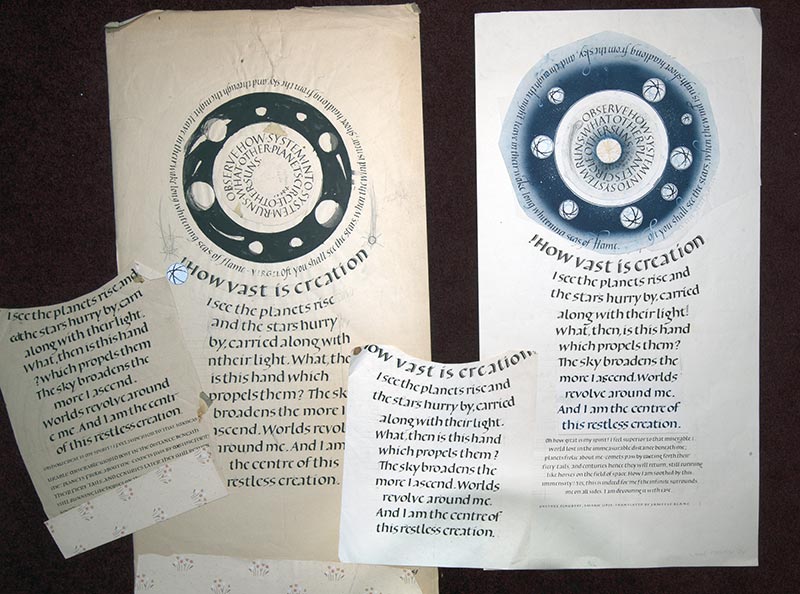
Rough-work above for my own first "big project"made in my first year of study at the Roehampton Institute in London under Ann Camp, 1987. Roughs above left are on the back of some left-over wallpaper and some text blocks were re-done on separate pieces of the same paper to tape over the design in progress. The version at right above is more refined and on better paper though still not the fine paper used in the final piece which is shown below. Not a masterpiece by any means but it was a good challenge for me aged 17! A lot more rough-work was done than shown here.
